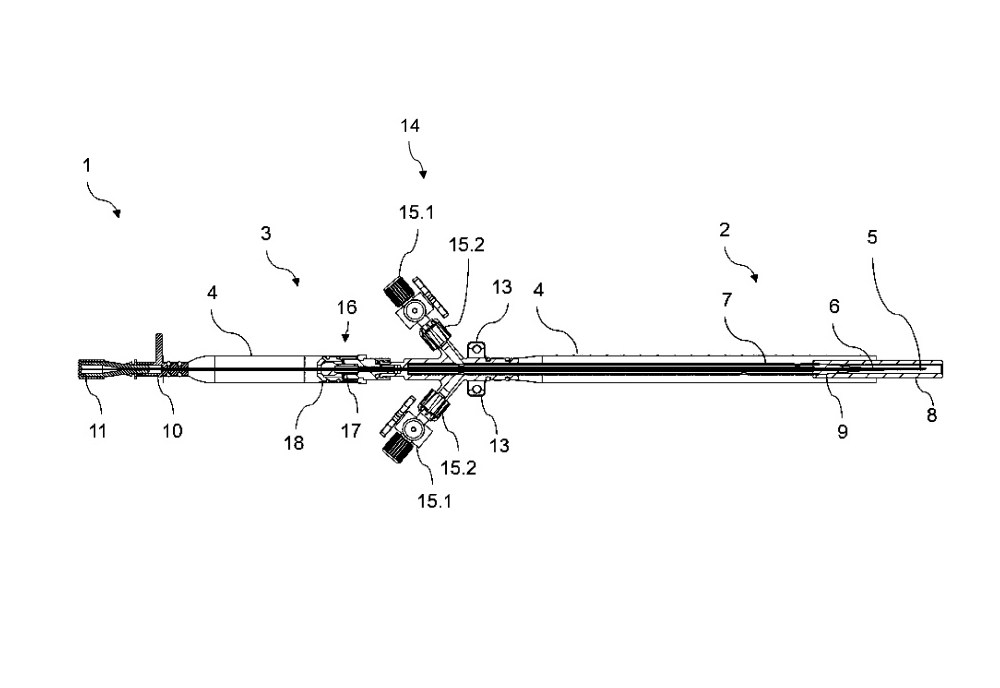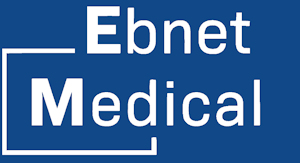SwordCath® without Guidewire
Meaningful Improvements
- For intuitive and safe access to larger veins
- Further development of Seldinger Guidewire Technique: No guidewire for low complexity and facilitated learning
- Future ready-to-use product integrating all components for maximum hygienic, safe and quick handling
- Aspirate-And-Push-Concept for continuous monitoring of blood reflux and correct catheter position during insertion
- Application even without ultrasound for extension of treatment options in emergency and tactical medicine
- For combination with ultrasound for even more safety in suitable situations, e.g. in acute dialysis
The multi-patented SwordCath® (currently under development) is a revolutionary proprietary platform technology designed to simplify and enhance the safe insertion of larger catheters into the body, particularly in blood vessels.
Unlike the traditional Seldinger Technique, which has been used for decades and still carries its inherent complexities, SwordCath® (currently under development) offers a user-friendly alternative that eliminates the need for extensive training and minimizes resource consumption and costly waste.
With millions of procedures performed annually, it’s time for a modern solution that reduces complications, and accelerates emergency response.
Currently under development, not yet cleared for commercial distribution. For multiple future benefits and highly relevant study endpoints. A positive correlation between technical features and beneficial outcomes has to be shown.
Extensive Intellectual Property Portfolio

US 10,806,902 B2 (US, granted)
US 11,744,611 B2 (US, granted)
US 11,957,849 B2 (US, granted)
EP 3 328 478 B1 (EU, granted)
EP 3 746 167 B1 (EU, granted)
CN 111655321 B (China, granted)
AU 2016299343 B2 (Australia, granted)
AU 2019215680 B2 (Australia, granted)
BR 112018001895 B8 (Brazil, granted)
422876 (India, granted)
JP 7315915 B2 (Japan, granted)
JP 7313698 B2 (Japan, granted)
PCT/EP2016/067785 (international patent application)
PCT/EP2019/051751 (international patent application)
201680044512.5 (China, pending)
BR112020015371A8 (Brazil, pending)
202037034867 (India, pending)
SwordCath® without Guidewire
Meaningful Improvements
- For intuitive and safe access to larger veins
- Further development of Seldinger Guidewire Technique: No guidewire for low complexity and facilitated learning
- Future ready-to-use product integrating all components for maximum hygienic, safe and quick handling
- Aspirate-And-Push-Concept for continuous monitoring of blood reflux and correct catheter position during insertion
- Application even without ultrasound for extension of treatment options in emergency and tactical medicine
- For combination with ultrasound for even more safety in suitable situations, e.g. in acute dialysis
The multi-patented SwordCath® (currently under development) is a revolutionary proprietary platform technology designed to simplify and enhance the safe insertion of larger catheters into the body, particularly in blood vessels.
Unlike the traditional Seldinger Technique, which has been used for decades and still carries its inherent complexities, SwordCath® (currently under development) offers a user-friendly alternative that eliminates the need for extensive training and minimizes resource consumption and costly waste.
With millions of procedures performed annually, it’s time for a modern solution that reduces complications, and accelerates emergency response.
Currently under development, not yet cleared for commercial distribution. For multiple future benefits and highly relevant study endpoints. A positive correlation between technical features and beneficial outcomes has to be shown.
Extensive Intellectual Property Portfolio

US 10,806,902 B2 (US, granted)
US 11,744,611 B2 (US, granted)
US 11,957,849 B2 (US, granted)
EP 3 328 478 B1 (EU, granted)
EP 3 746 167 B1 (EU, granted)
CN 111655321 B (China, granted)
AU 2016299343 B2 (Australia, granted)
AU 2019215680 B2 (Australia, granted)
BR 112018001895 B8 (Brazil, granted)
422876 (India, granted)
JP 7315915 B2 (Japan, granted)
JP 7313698 B2 (Japan, granted)
PCT/EP2016/067785 (international patent application)
PCT/EP2019/051751 (international patent application)
201680044512.5 (China, pending)
BR112020015371A8 (Brazil, pending)
202037034867 (India, pending)
